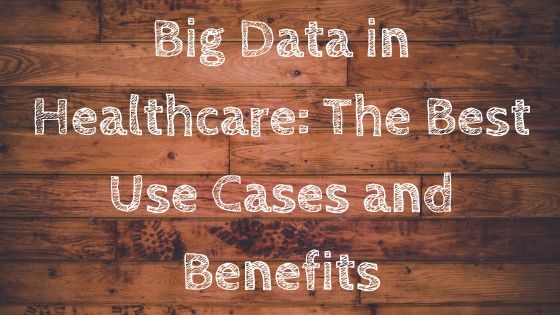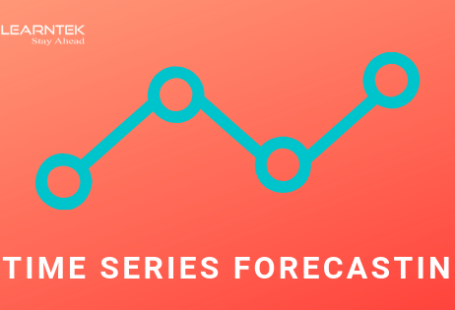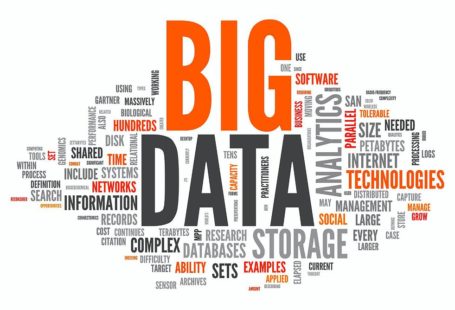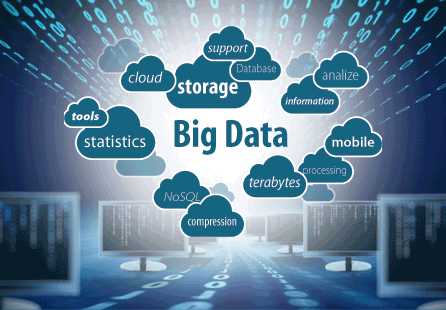Big Data is a fast-developing trend that will soon take over the world. It can automate processes, increase revenues, reduce expenses, and solve a number of problems that we face every day. Healthcare is one of the fields where Big Data can be applied. If managed properly, it can solve various tasks, like monitoring the patient’s health conditions, assisting in medical researches, and even predicting epidemics.
In this post, we’re going to talk about the concept of Big Data in healthcare, it’s advantages, and use cases.
What can Big Data Bring to Healthcare?
As with any other type of data, Big Data in medicine needs to be processed to bring benefits. But, it should be taken very seriously when it comes to data processing in healthcare because any mistake can cost a patient’s life.
Here are the types of information used in healthcare:
- Social media data. The data received from social media, like Twitter, Facebook, and even some healthcare apps.
- Machine-to-machine data. The data received from wearable health devices, like fitness trackers, stress meters, and more.
- Financial data. Invoices for healthcare services and more information about financial operations;
- Biometric data. Face scans, fingerprints, and more.
- Manually produced information. Various medical documents, EHRs (Electronic Health Records), and so on.
- Research data. Information about new drugs and how they influence a patient’s condition.
Big Data in healthcare is meant to increase the speed and quality of treatment. Big Data can improve healthcare with predictive analytics. Moreover, data processing can change the way of paying salaries to doctors. Thus, they will get money not for the number of working hours, but for their skills to treat diseases and maintain patients’ health conditions.
Besides, Big Data in healthcare can predict expenses. By processing information about the patients’ diseases, feedback on doctors, the number of repeated visits, Big Data algorithms provide financial suggestions for a specified period of time. As a result, doctors can perform treatment more effectively and examine more patients.
Here are the most common types of analytics used in healthcare:
- Diagnostic analytics;
- Prescriptive analytics;
- Predictive analytics;
- Descriptive analytics;
These approaches can be used separately or comprehensively to understand health issues and avoid them in the future.
Examples of Big Data in Healthcare
As you already know the benefits of Big Data for healthcare, it’s time to look closer at possible use cases.
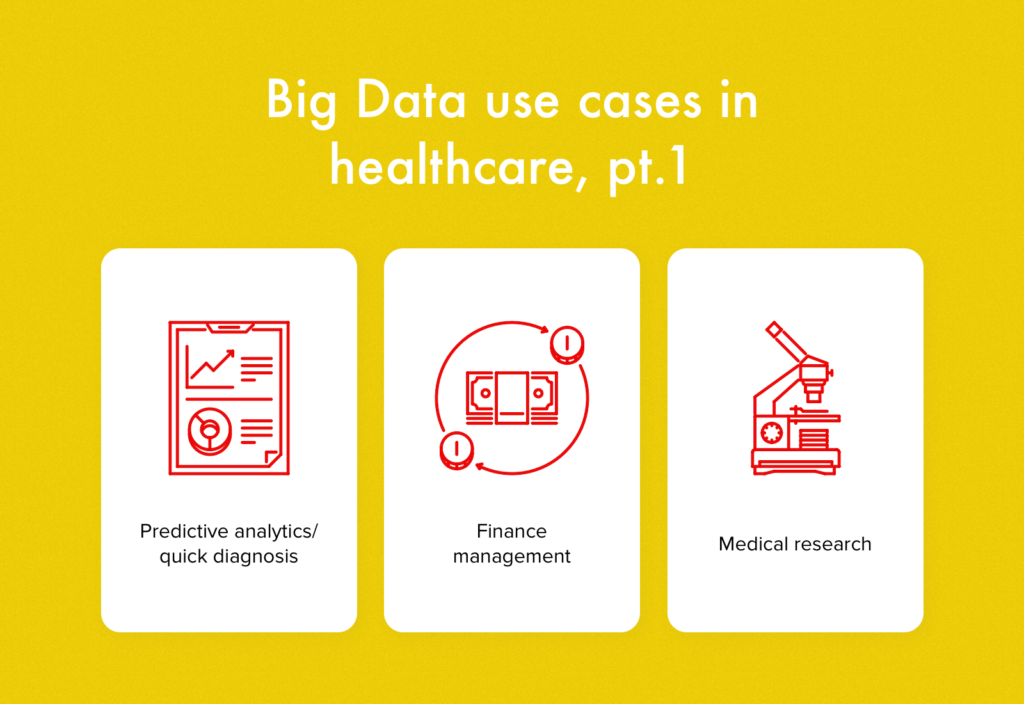
Predictive Analytics and Quick Diagnosis
The main component of predictive analytics is wearables. Wearable devices constantly gather information about a patient’s health condition. Even if a person doesn’t have any notable issues, wearables still transmit the information to a database.
Then, Big Data algorithms analyze the data and give users advice about their health condition. Sometimes, users can’t detect the problem by themselves. If doctors notice any health abnormalities, they warn users and ask them to visit a healthcare establishment.
With a comprehensive analysis, doctors can predict the outcome of a treatment process for each patient considering their lifestyle.
Thus, wearables can warn unsuspecting users and even save their lives.
Finance Management
Automated analysis of finance flow and invoices excludes the human factor, and therefore the chance of mistakes. With the help of Big Data algorithms financial officers form profitable and affordable price plans considering patients’ financial situation. Besides, it’s easier to analyze and compare the acquisition cost of drugs and medical disposables. However, to keep the information in one place, it’s better to think about the development of a financial app.
Medical Research
This one provides new abilities in producing new types of medicine. Big data tools and algorithms process the information gathered during clinical trials. They can also find patients and volunteers that can test new medicines.
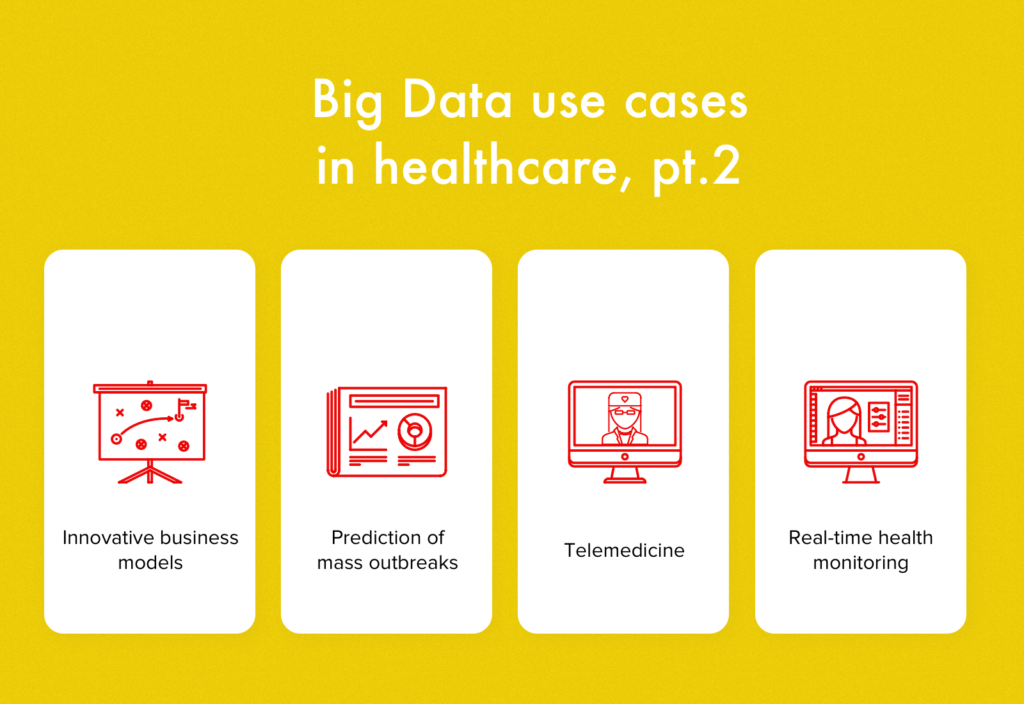
Physicians use Big Data for developing personalized treatment plans and drug schedules. Processing of patients’ genetic data provides doctors with information about the effect of drugs on the organism and the level of tolerance to different chemicals. On top of that, research and development processes of various disease patterns help physicians minimize risks of a relapse.
Innovative Business Models
Big Data requires you to store a lot of data. You can turn these loads of information into additional revenue. Data aggregators often pass the data to third parties for some extra funds. Pharmaceutical companies are interested in the results of research and the efficiency of various drugs. You can sell this data to companies. It will be beneficial for patients, pharmaceutics, and your business. However, there’s one thing you have to remember. Never pass your patients’ EHRs to third parties. It’s forbidden by HIPAA and may result in enormous fines.
Prediction of Mass Outbreaks
Analysts can predict the spread of diseases within the specified territory by analyzing active viruses and building social models. Moreover, with the help of modeling the movement patterns, physicians can detect the transmission speed of the virus, incidence rate, and death rate. Based on these indicators, the government can restrict the movement of citizens, suspend public means of transport, and take other preventive measures.
Telemedicine
Telemedicine is another example of Big Data for healthcare. Telemedicine is a remote healthcare service. It allows patients’ to get the doctor’s consultation without visiting the hospital. Today, almost every smartphone is equipped with a high-resolution camera. Telemedicine allows clinics to examine more patients. As for the patients, they don’t have to spend time standing in lines and reaching the hospital.
However, sometimes doctors can have too many patients. A heavy workload results in drawing up poor treatment plans and deterioration of overall treatment quality. In such cases, Big Data may come in handy. Telemedicine providers most often use mobile apps for distributing their services. Thus, during the healthcare app development, engineers can implement Big Data algorithms that will suggest drugs and treatment methods. Doctors, in their turn, can follow these tips or ignore them. Either way, this feature can significantly reduce physicians’ workload.
Real-Time Health Monitoring
Telemedicine is not the only way of monitoring patients’ health conditions remotely. As with predictive analytics, wearables allow doctors to track patients’ health in a real-time mode. Sensors that gather data, fitness wristbands, and other devices transmit the data to physicians, so they can see all the discrepancies with a normal condition. Big Data algorithms ensure that all the information will be processed fast and precisely. If devices notice a potential threat to users’ health, they will call the emergency.
Today, even non-healthcare companies implement their wearable devices with emergency features. For example, Apple Watch tracks your position above the ground. If the altimeter notices that the user falls, it will call an emergency within a minute.
Wrapping Up
To come to a conclusion, we can’t deny the advantages of Big Data for healthcare. It has a positive impact on the finances of healthcare establishments, reduces doctors’ workload, and improves user experience. But all of these benefits take a backseat compared to the ability to save lives. Big data algorithms assist in tracking health conditions, conducting research, developing treatment plans, and even call an ambulance in case of emergency. However, remember that Big Data is a complicated technology, and to use it properly, you’ll need an experienced team of developers.
Author’s bio
Vitaly Kuprenko is a writer for Cleveroad. It’s a web and mobile app development company with headquarters in Ukraine. He enjoys writing about technology and digital marketing.

